South and West Izu. June 2023. Part 1. Shimoda to Yumigahama.
Travel is a change in a life pattern, this change causes you to think if your life pattern is right. Then, you might change how you live. Eventually. After a few drags. I am still smoking...
I promised next post to be about Macau, but since I visited Macau in April, and Izu was in June, I went for Izu. Macau, my beloved area, will be diarized also soon.
Part 2 is here. Part 4 is here. Part 6 is here.
Part 3 is here. Part 5 is here.
THE GLOSSARY
Saki/zaki - cape;
hama - beach/bay
Prelude
I am back home from 7-day hike in Izu Peninsula. Feels unusual going back to work-cook-exercise-eat-sleep routine. I feel that I am missing those hiking days already. Why? Probably the joy of discovery and anticipation of discovery is strong with me, stronger than with many other people. Well, if it is an addiction, then it is a good one…I walked 117 km with two bus/car rides and roughly below is the route. Since it was a rainy season, and I don’t mind walking in the drizzle, I could not see many two-leg animals, but a few of the four-ones. Let’s dive into hike notes computerized now.
SHIMODA AGAIN
Train Odoriko from Ofuna station takes me to Shimoda town in 2 hours. Take the left side along the train movement to enjoy the sea views, although there are many tunnels on the way restricting it.
I visited Shimoda last year when hiking along the East Izu. And made some notes about this very enjoyable trip. In 19th century Shimoda became a connecting point in the histories of Japan-Russia and Japan-America relations. All nearly at the same time. Interesting, and of course, history was made again by us, the Navy folks!
This time before hiking to Yumigahama area I met my friend Nagai. We have visited a few sites together.
One of them was Chorakuju Temple. In 19th century the temple was connected to the Russian Japanese and Japanese American treaties. 1854 - Russia- Japan Peace Treaty and 1855 ratification of Treaty of Kanagawa.
On March 31, 1854, the first treaty between Japan and the United States was signed. The Treaty was the result of an encounter between an elaborately planned mission to open Japan and an unwavering policy by Japan's government of forbidding commerce with foreign nations. Two nations regarding each other as "barbarians" found a way to reach agreement.
Another one is Gyokusenji Temple which served as the first American consulate in 1856, and Consular General Townsend Harris lived here until 1859. Here also are the graves of American and Russian sailors who died in Japan while on duty in this area in 19th century. The graves are in the separate areas of the temple area.
I mentioned about Harris last year in my East Izu blog. So, I have visited a small museum near the temple. It exhibits some personal belongings of the late Consular, including a few diary pages. I liked his writing style.
Later on with Nagai we have also climbed the hills of Shimoda Park to view azaleas which are abundant here. The view of Shimoda is great from the Park.
We then visited the nearby Ebisu Island. Mesmerizing.
I see now how the underwater volcanoes cemented all these rocks and stones in a nearly permanent glue.
After Ebisujima we went to Nagai neighborhood Suzaki, stopping on the way in a viewpoint to chat with his friend and his dog. I preferred the dog.
In the evening we had a nice dinner.
I most enjoyed braised kinmedai (golden snapper) fish head.
Back to Izukyu Shimoda hotel on Shirahama beach. Clean, small hot spring downstairs, good views of Shirahama beach (room 451).
When I come back to Shimoda again, I will check hotels near Madogahama Park, Rakuyu Spa near Sotoura beach and Garden Villa Shirahama as other options.
WALK TO YUMIGAHAMA
Started early enough around 8 am from Shirahama beach towards Shimoda town.
Like this leisurely route. Next is Sotoura beach.
Can be also a good base to stay for a while. Few hotels and ryoukans in the area.
In probably 40 minutes I approach Shimoda town and my favorite Madogahama Park described in the last year post. Now walk towards Shimoda aquarium along Inozawa river.
I am not interested much in that aquarium commercializing the poor dolphins, but here is the start of the walk towards the Oura Bay. Passing small islet on the way, curiously I walked in via a small bridge…
Mindfully cozy. I will pray for you too. Now I am en route towards Oura Bay (you can walk to this area from Perry Road also, just see the signs).
Like this bench for a break. I know, everywhere I walk, I mark my favorite bench. And if I return, I would only rest there. This is my pattern of life (:
After Oura bay I walk towards Nabetahama beach. Nice here: quiet and swimmy, there is even an old hotel nearby. One day??
On the way one can see stone lanterns.
Ishidōrō 石灯籠 or 石燈篭 (stone lanterns) were introduced to Japan via Korea and China in the Asuka Period (6th century AD). Somebody built them here. Nice work.
From here I walk upwards towards the main road. I was told that I can not walk through because of the tunnels, so I board the bus from here to Kisami.
But when I am on the bus, I can see that the tunnel is pretty short and walkable, although I HATE tunnels…
I alight in around 5 minutes at Kisami and walk towards Kisami Ohama beach along Ogamo river. Somehow river walks ending in the sea always tune with me.
Finally Kisami Ohama beach. Not much, a few surfers.
From here unfortunately (and I hate this about Izu- ok mate, this is not Australia) I cannot walk along the water, so I have to go up to the main road again.
Well, I have to pass 3 tunnels on the way to Toji beach, each one is around 200m, but the traffic in the West Izu is scarce, so in some tunnels I walked through without hearing any disgusting car sound.
Guess where I am next? It is a sand skiing area near Toji beach. Signs explain the phenomenon, but as I walk in the rain, it is definitely not operational today.
Nearby is one tourist pamphlet celebrity = the Ryugu cave. Gave it a glance. Nature carves so many things which we humans make pamphletable…
Next is Toji beach. Want to have a dip, but still raining and still long walk ahead to Cape Tarai.
There is a sign from Toji beach to Cape Tarai trail. I did not take picture, but you should be able to spot it. Cape Tarai takes around 1 hour to Yumegahama to walk.
Few dwellings. Liked the cat sign.
Even creative pizza place, closed.
Seems I am on the right track. I like these signs in Japan, even on the semi-wild walks you can find them.
Now 1 km ascend to Cape Tarai. I can do it. Because I anticipate a great view.
Oops, still need to go a little bit down, but wow, closer to the water!
Then climb again and here we are. Well-deserved break!
What can I see?
Extreme right - Cape Irozaki, the bottom of Izu Peninsula, will walk there tomorrow.
On the extreme left is Tsumekizaki (Tsume Cape), walked there last year, but have not done Suzaki trail.
What is next? I am off to my cabin at Yumigahama, as I am tired. It is around 45 minutes walk only from Cape Tarai. Via Onohama beach with its picturesque rocks.
In Japan they try to organize nature as well as the society. Even in the news they tell you which umbrella to take with you small, or big or when the rain season starts (even if it has already started, and they are late with the announcement). I am laughing at these attempts. But I do enjoy reading the road signs, otherwise it will be just rocks. But now, after I read about them, they ROCK.
And next beach is my destination: Yumigahama.
I have booked a small cottage here.
Was afraid of the party folks next cabin to disturb my sleep, but they dutifully had enough alcohol in their systems to shut up before 10 pm. Love Japan.
Inside my cabin.
Fridge and kitchen, BBQ table outside.
After dropping my bag, I had a swim at Yumigahama, then some sashimi with Asahi beer.
Good night.
Next part. Yumigahama to Irozaki.







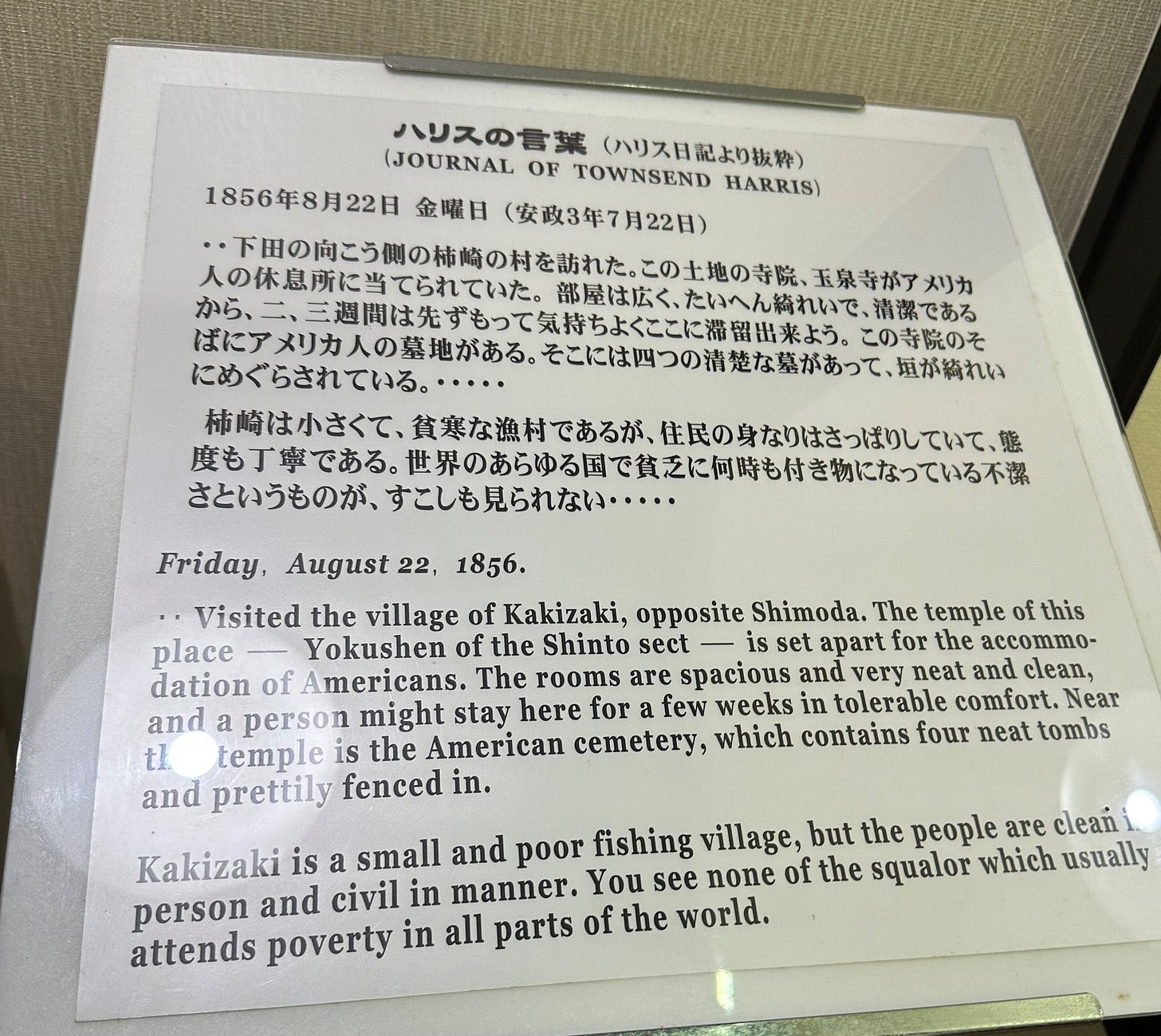

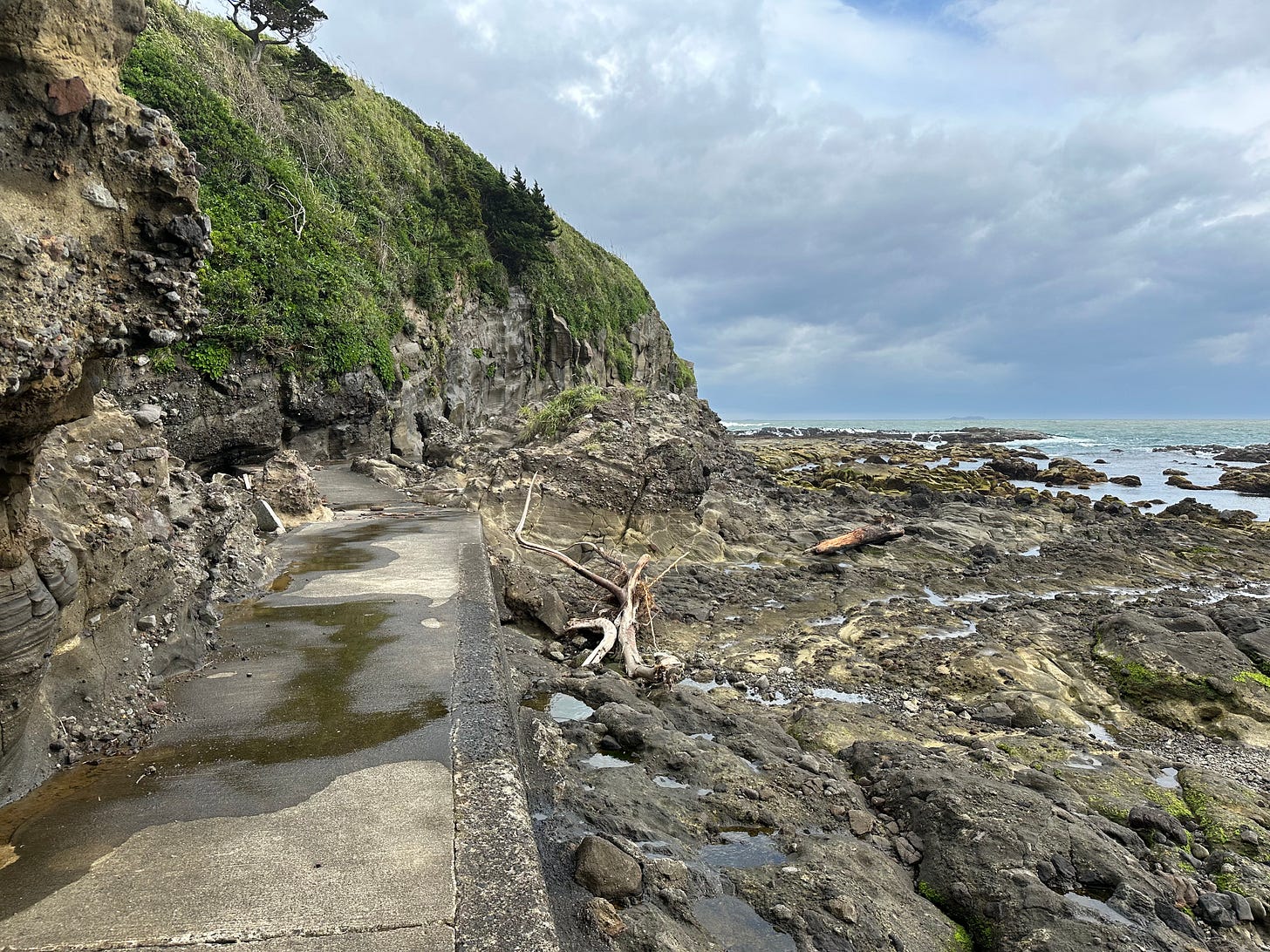



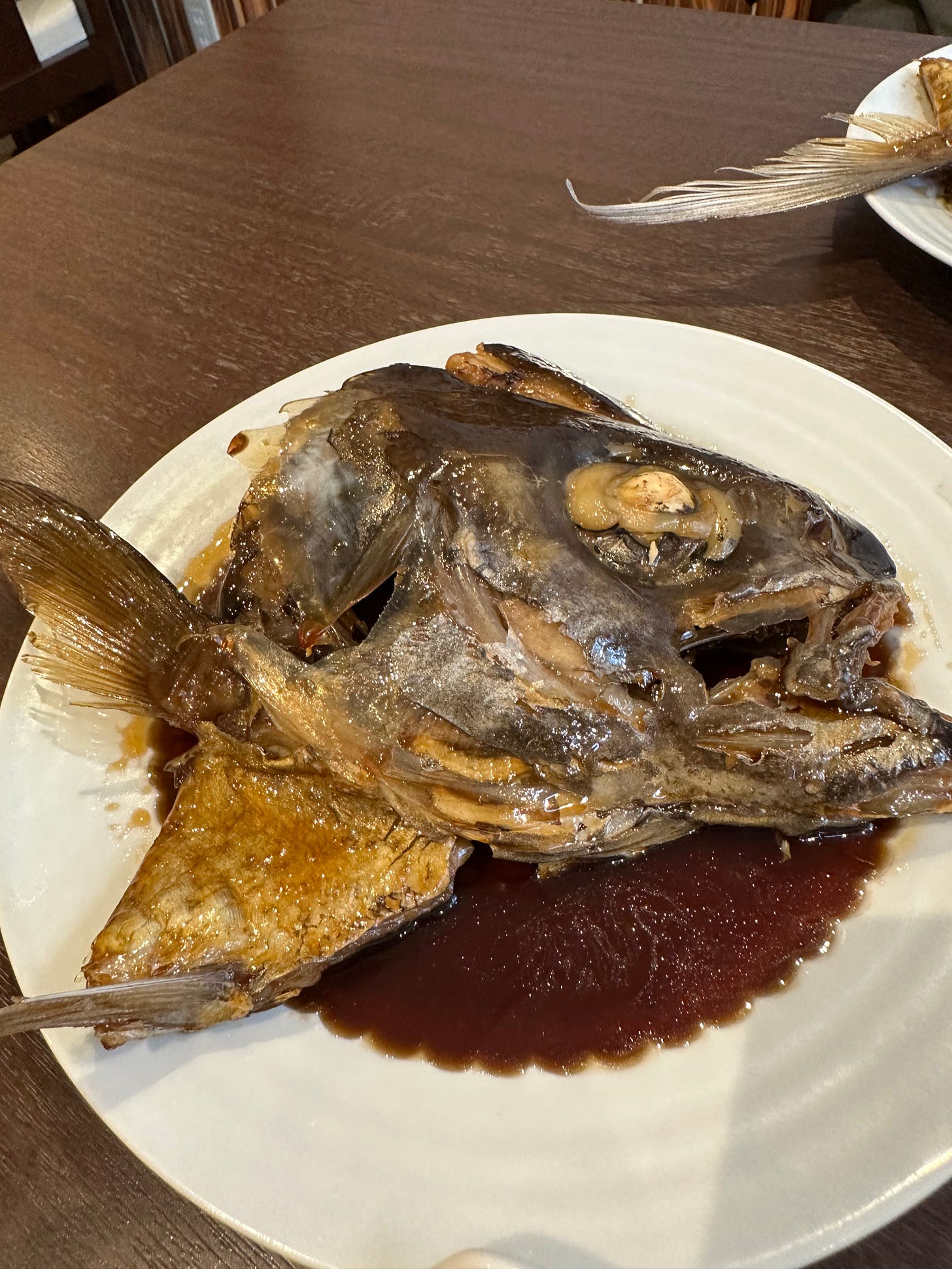
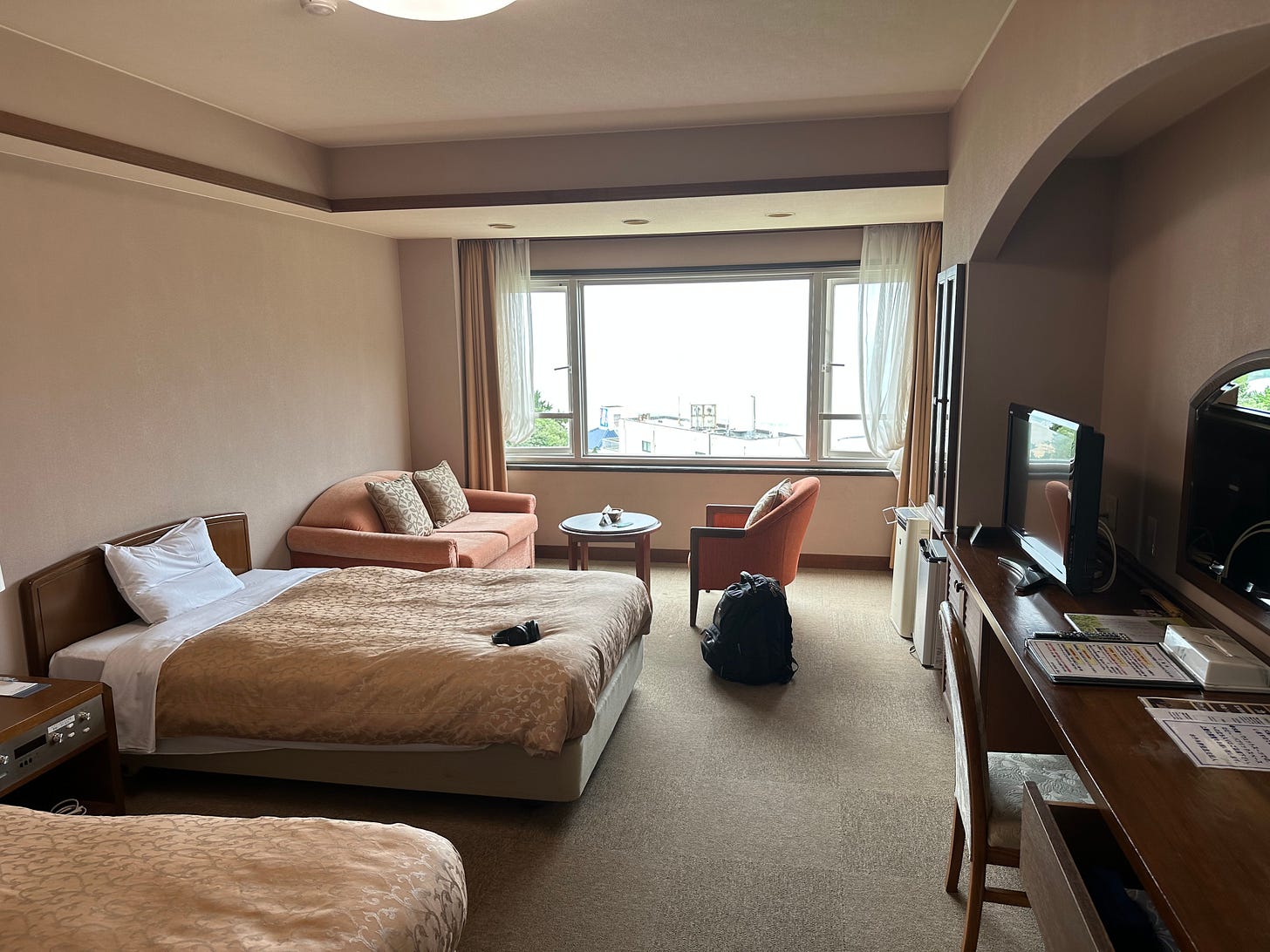
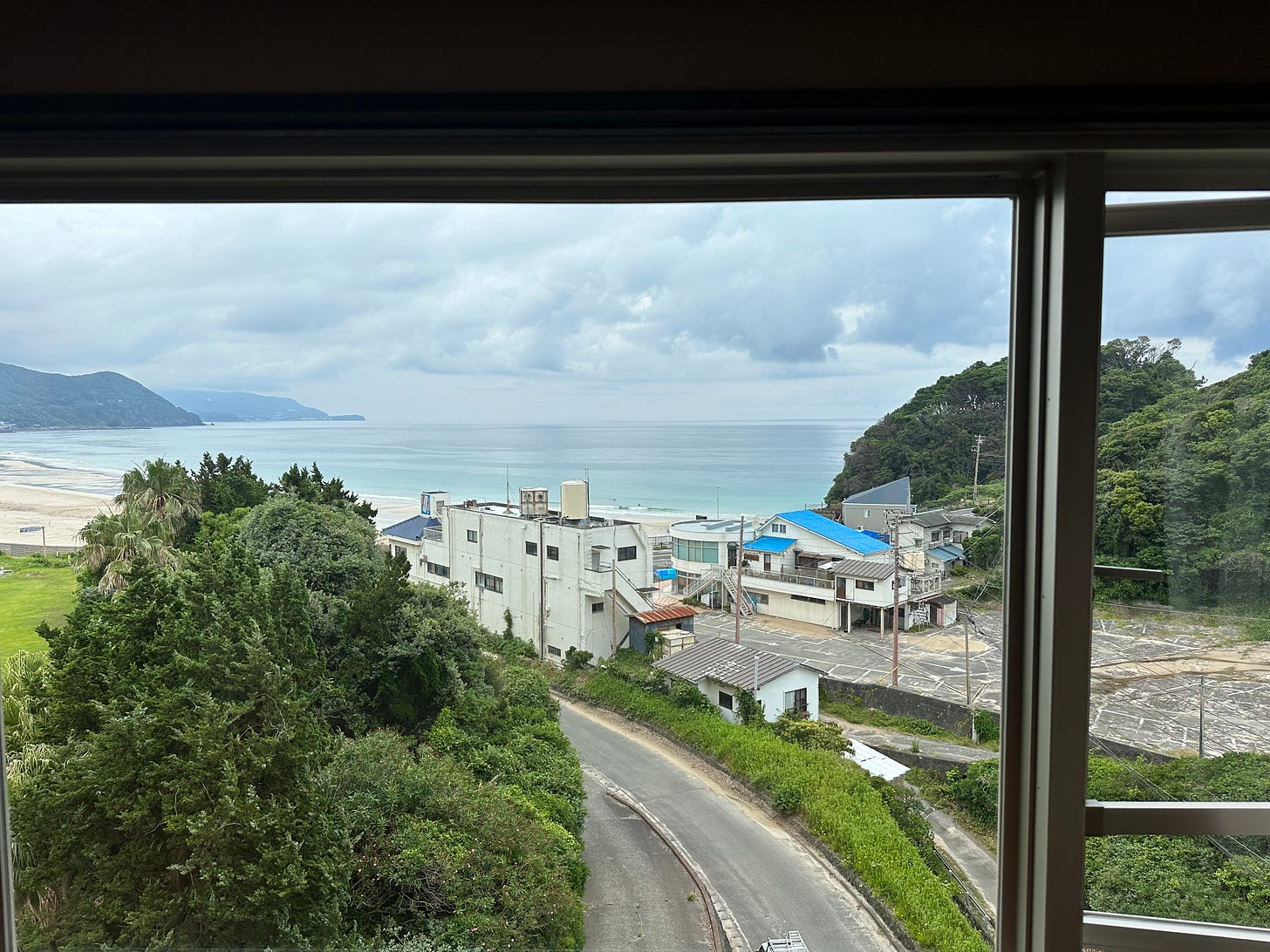


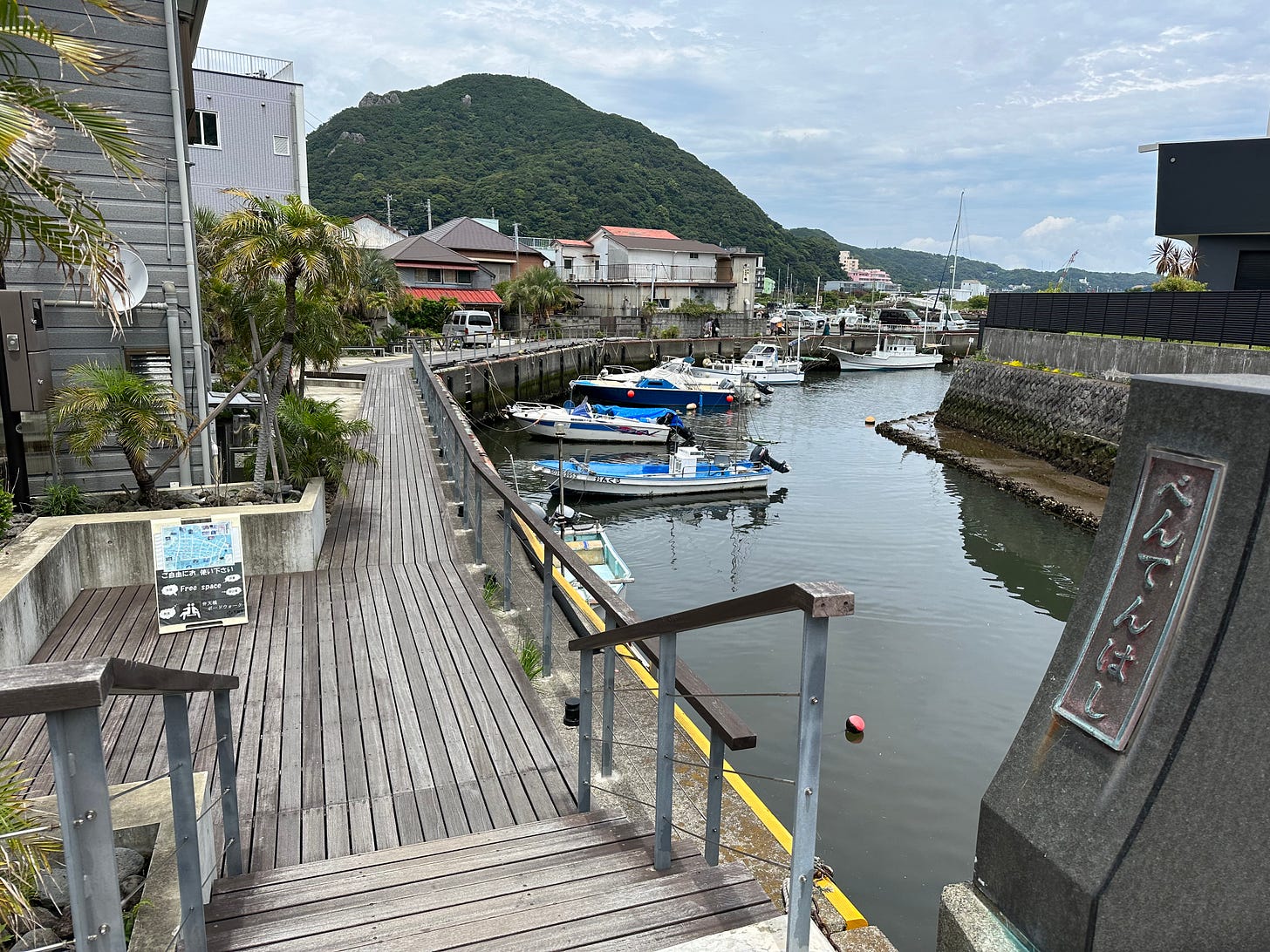

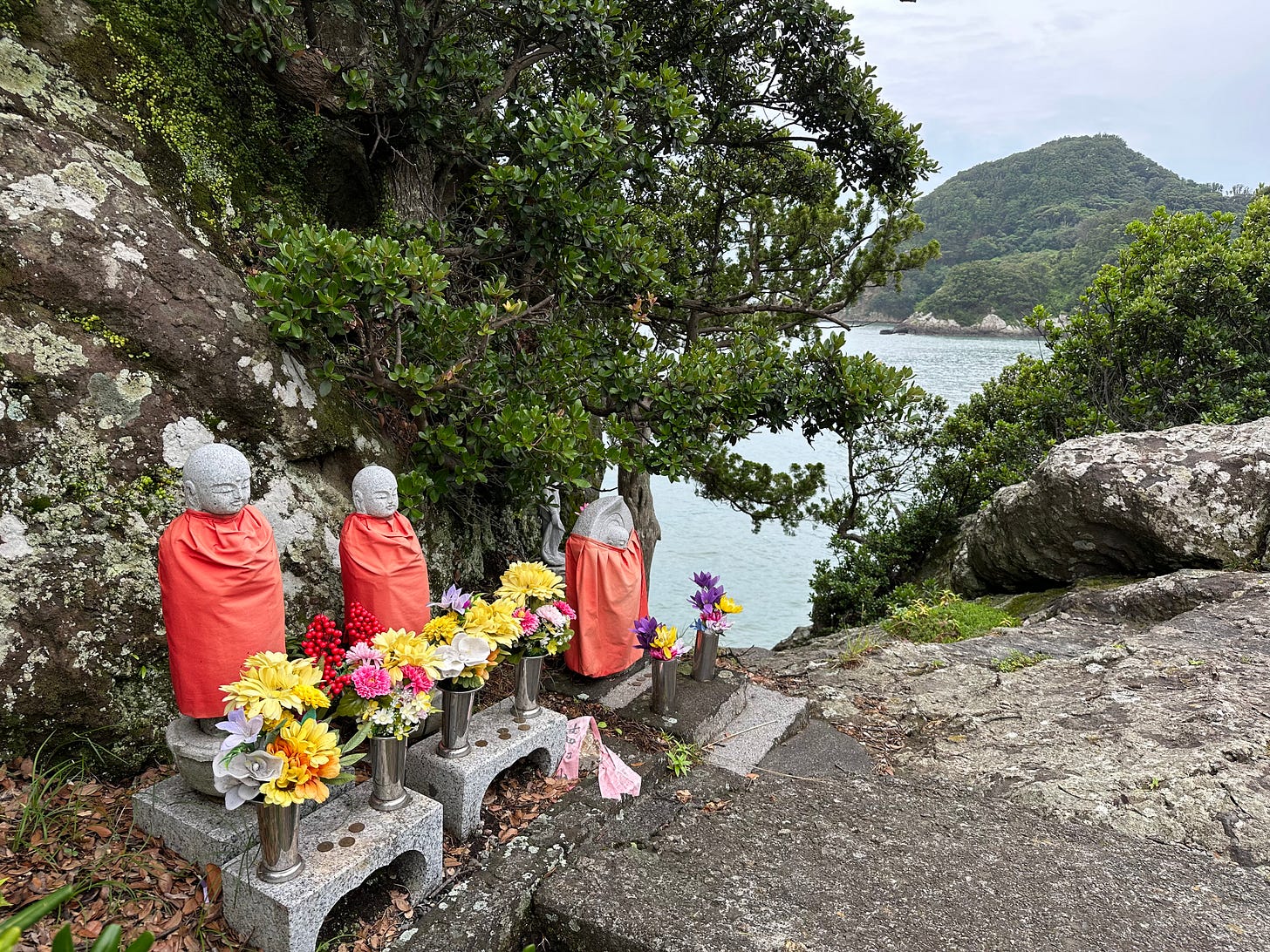

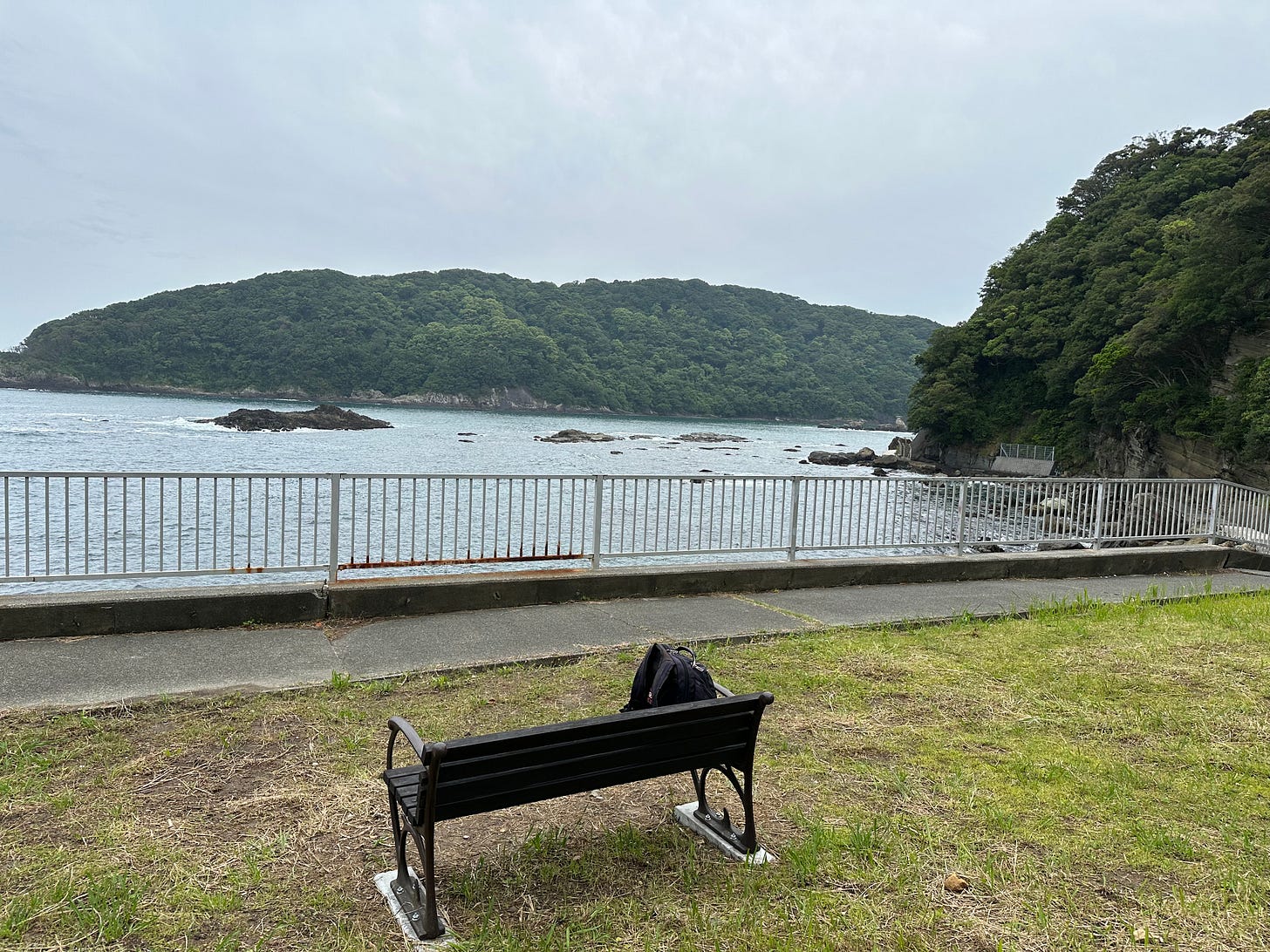




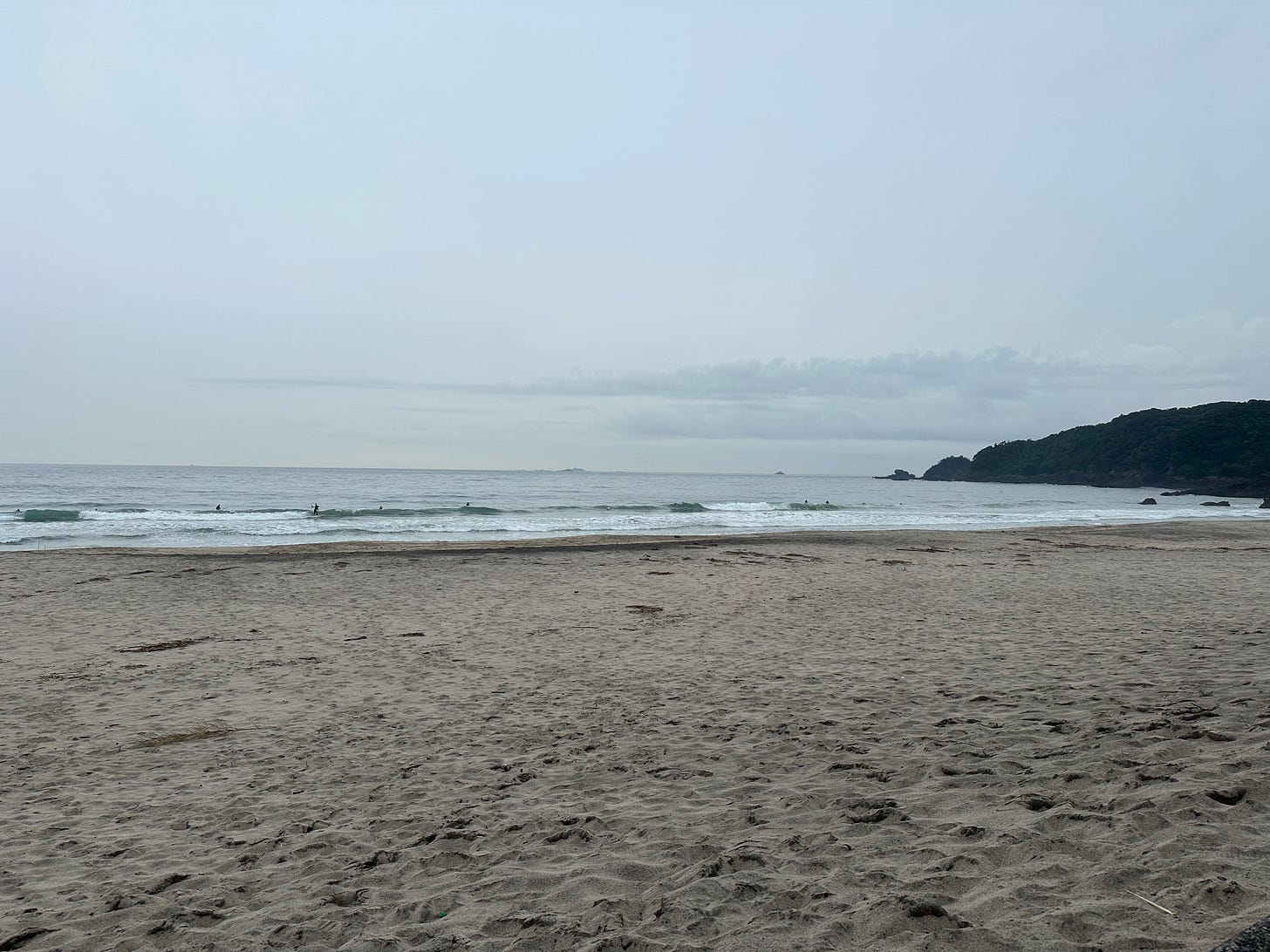


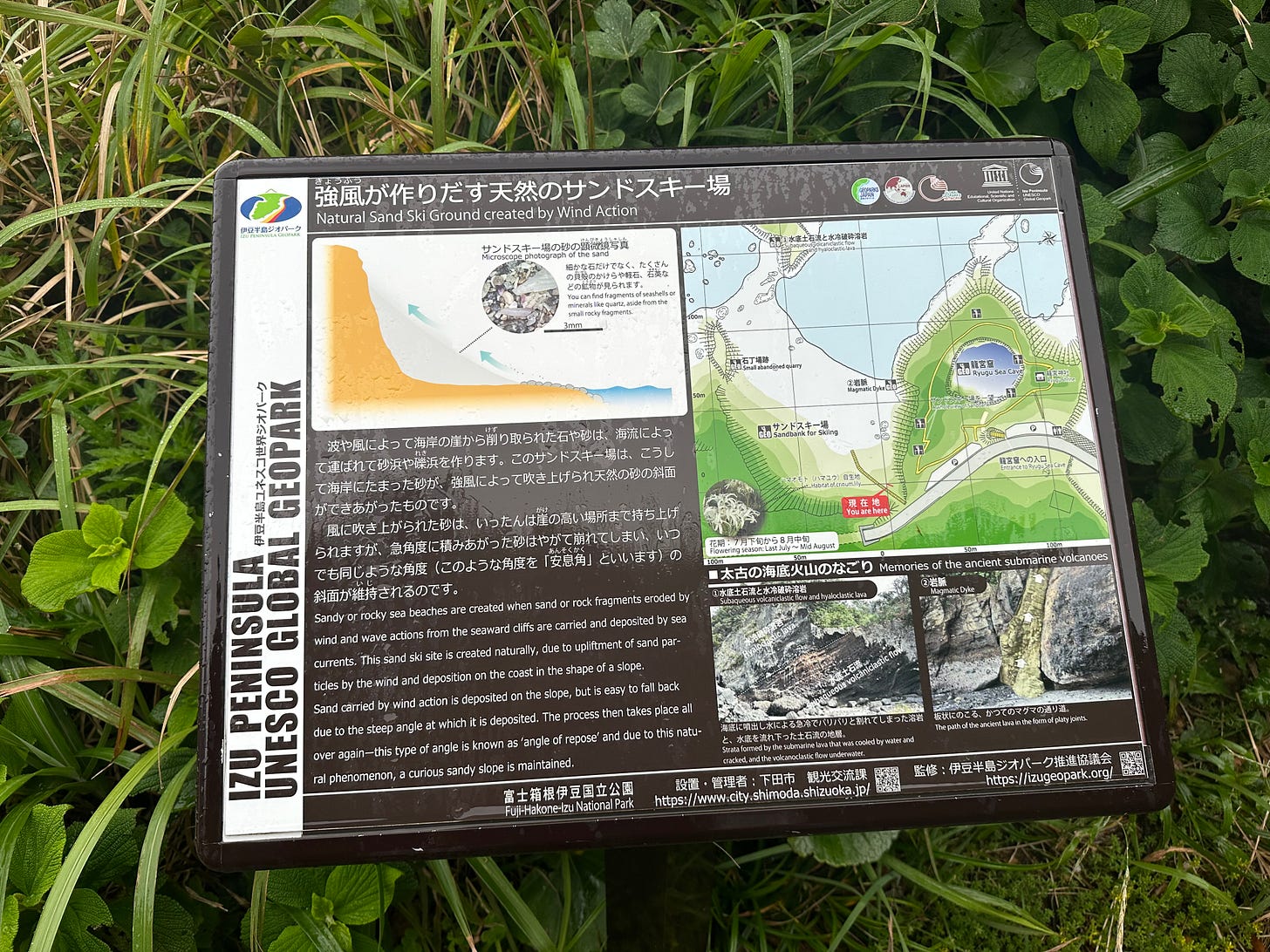

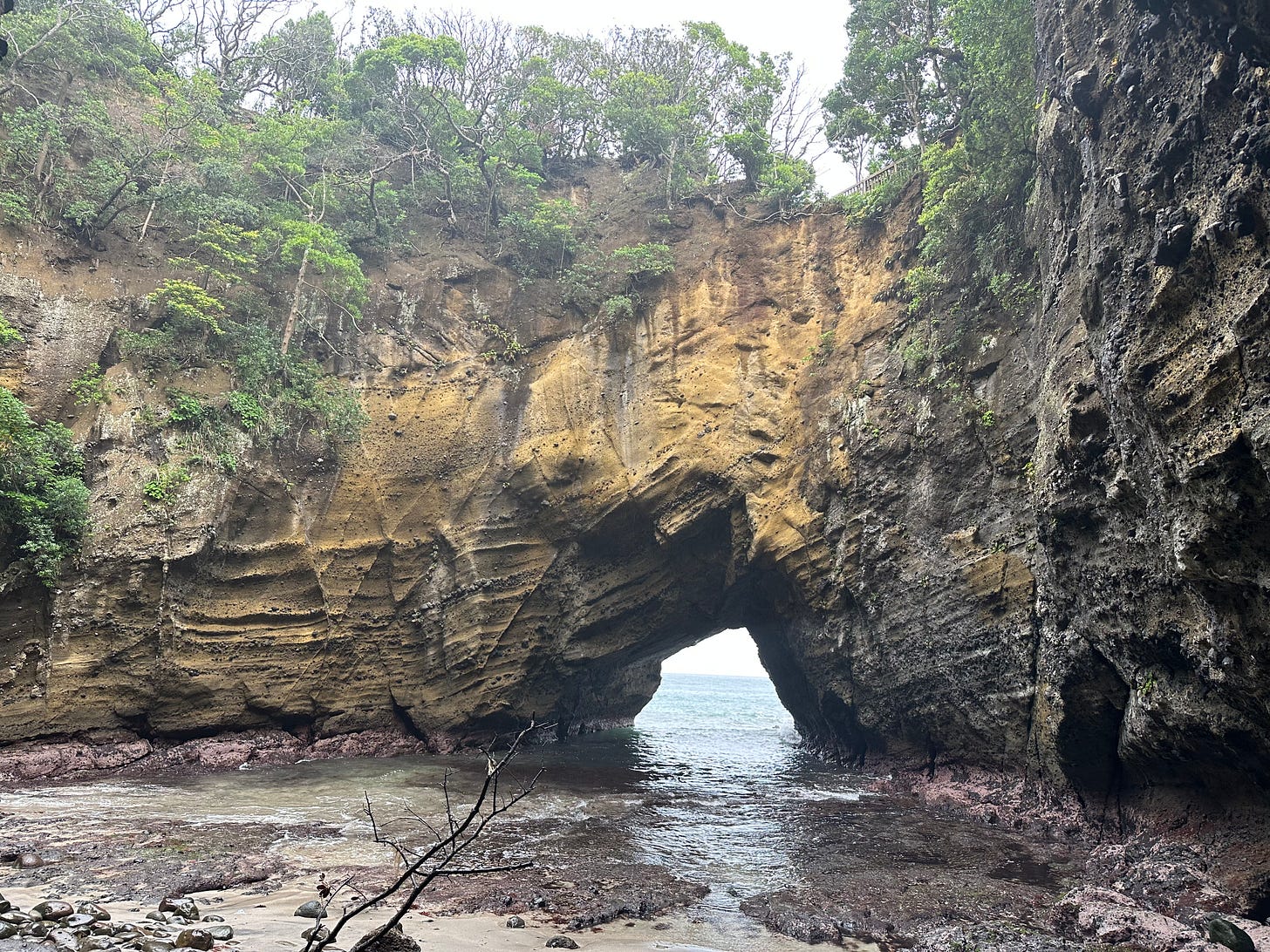




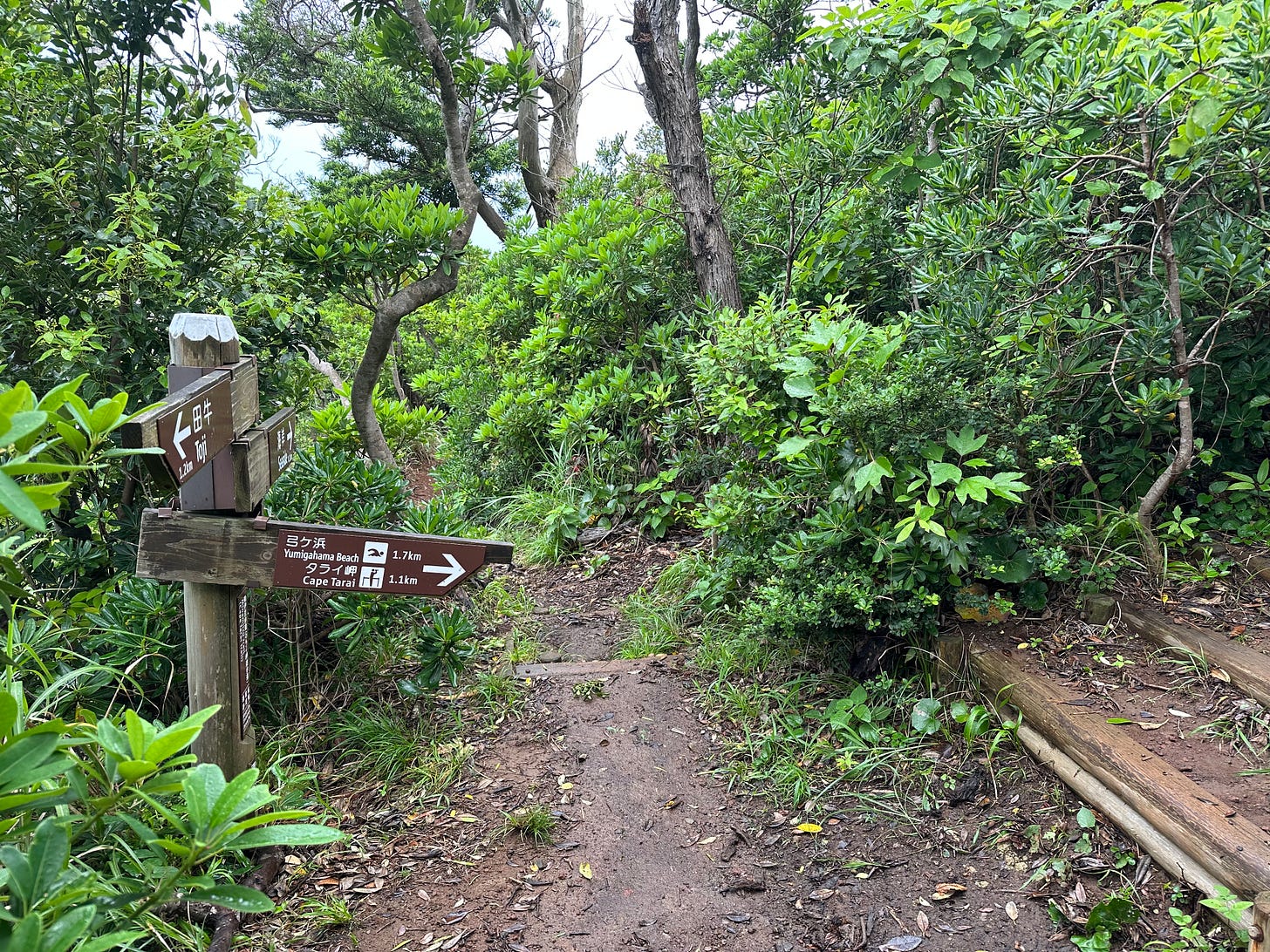


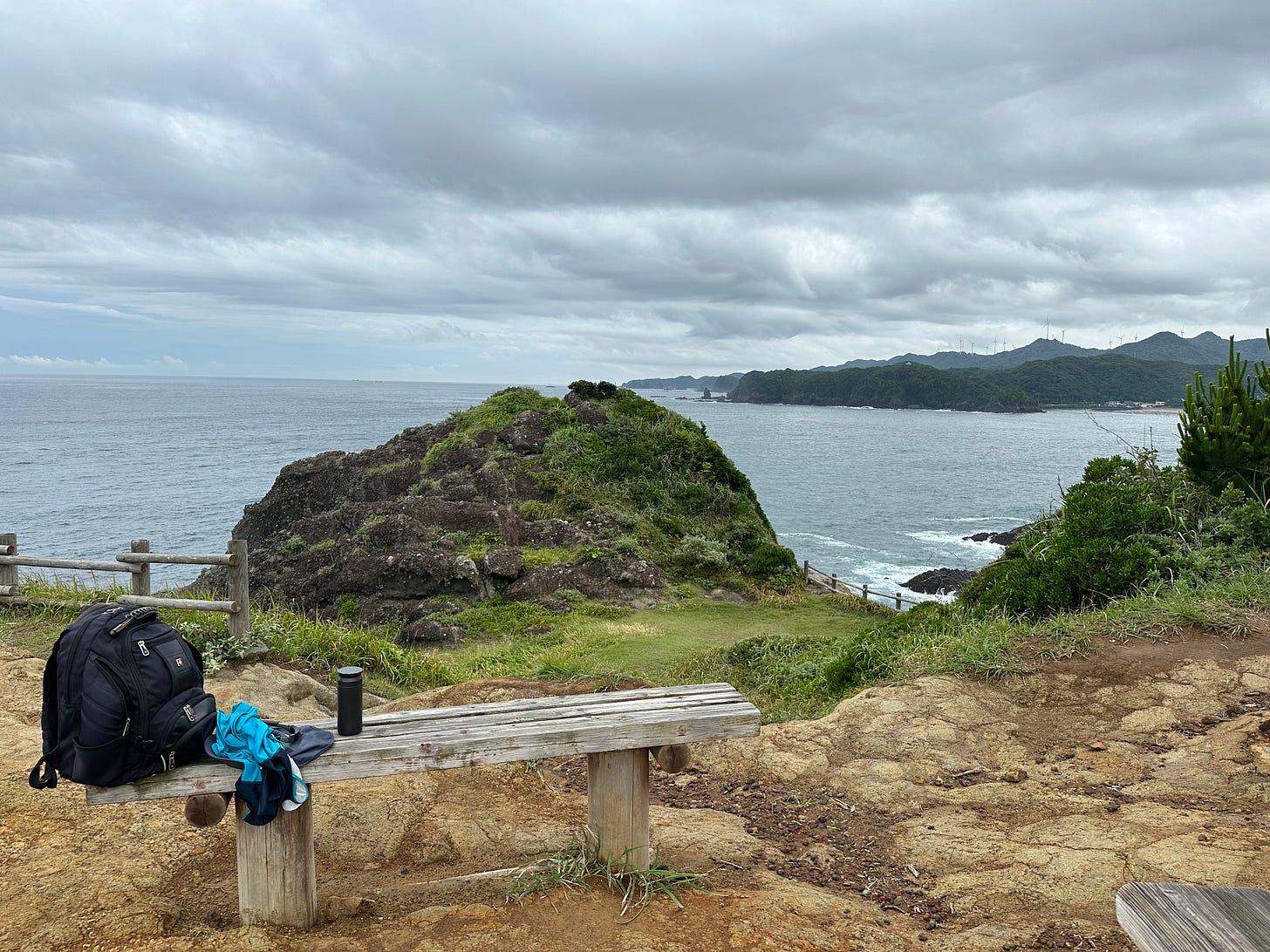

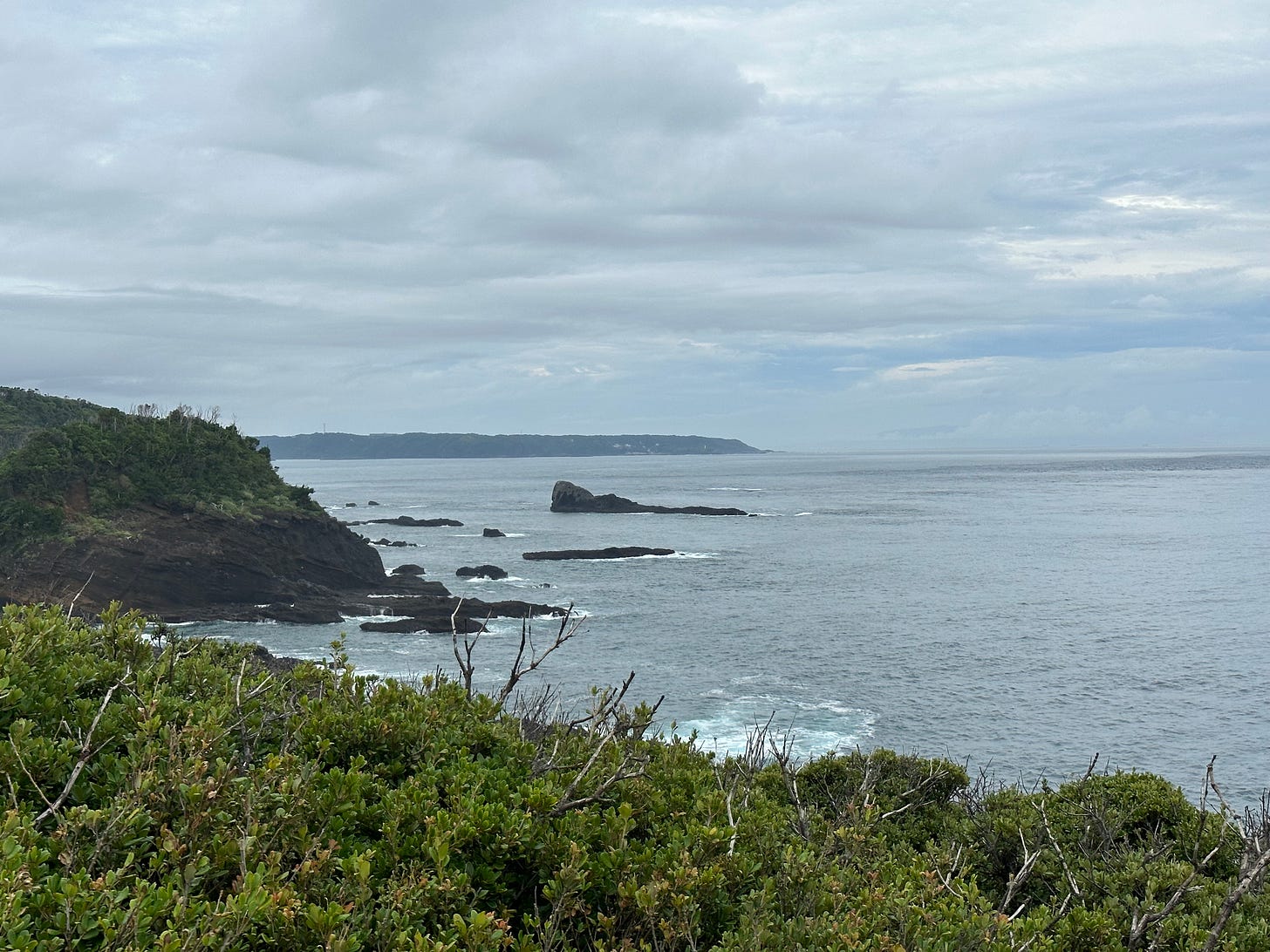



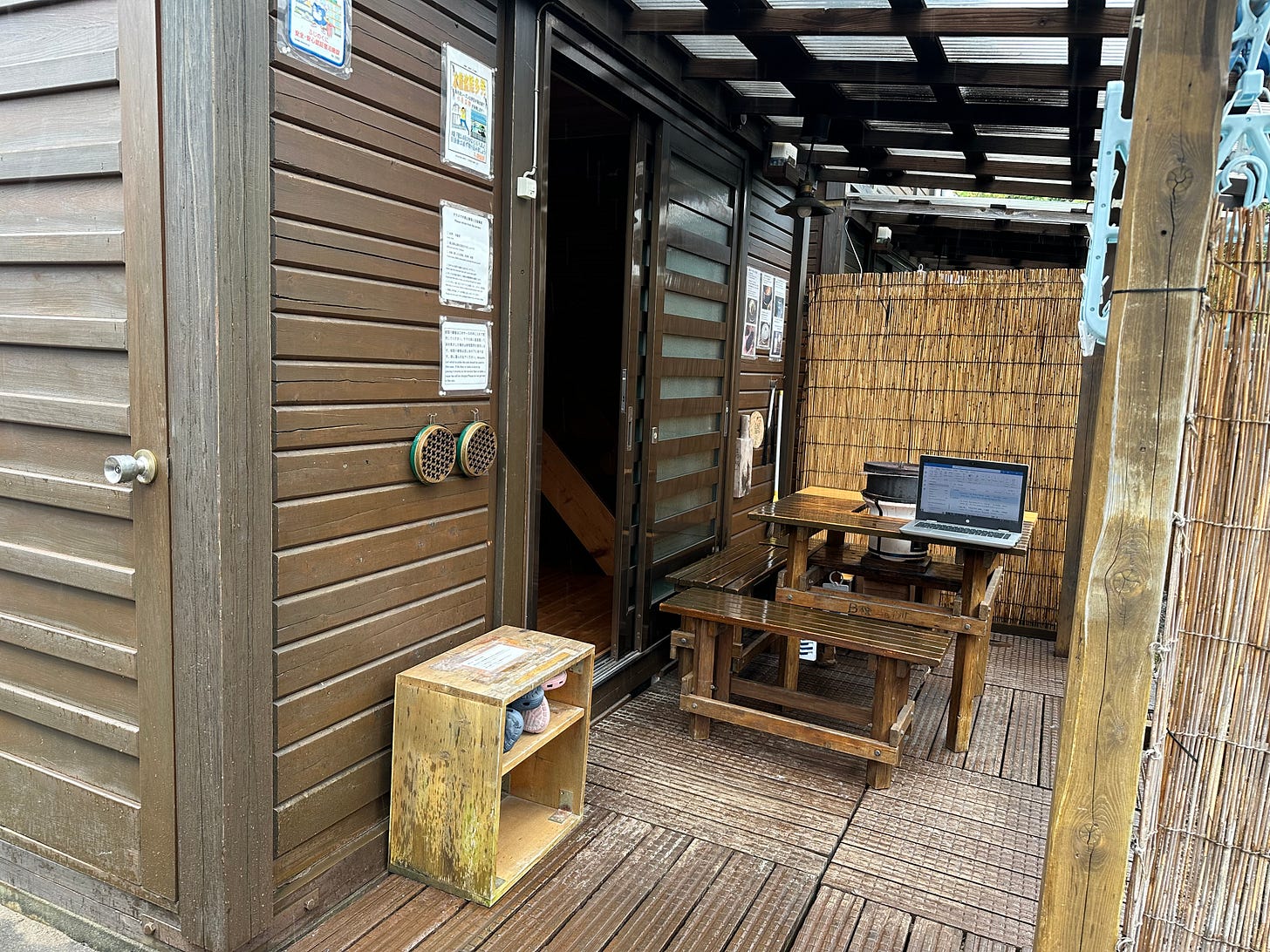
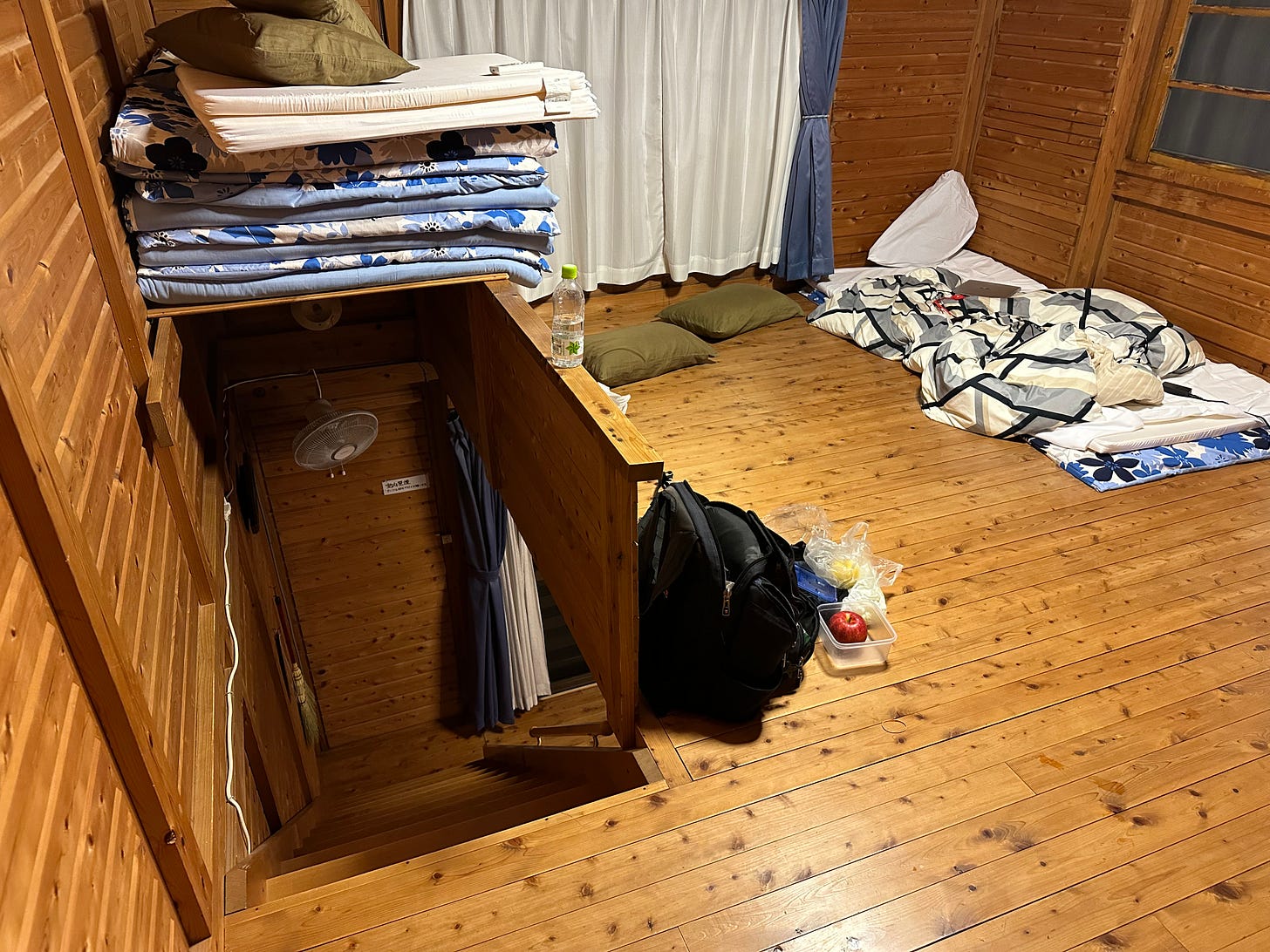


Love the article! The next best thing about travelling there in person is to read a quality detailed experience by someone who is good at it.